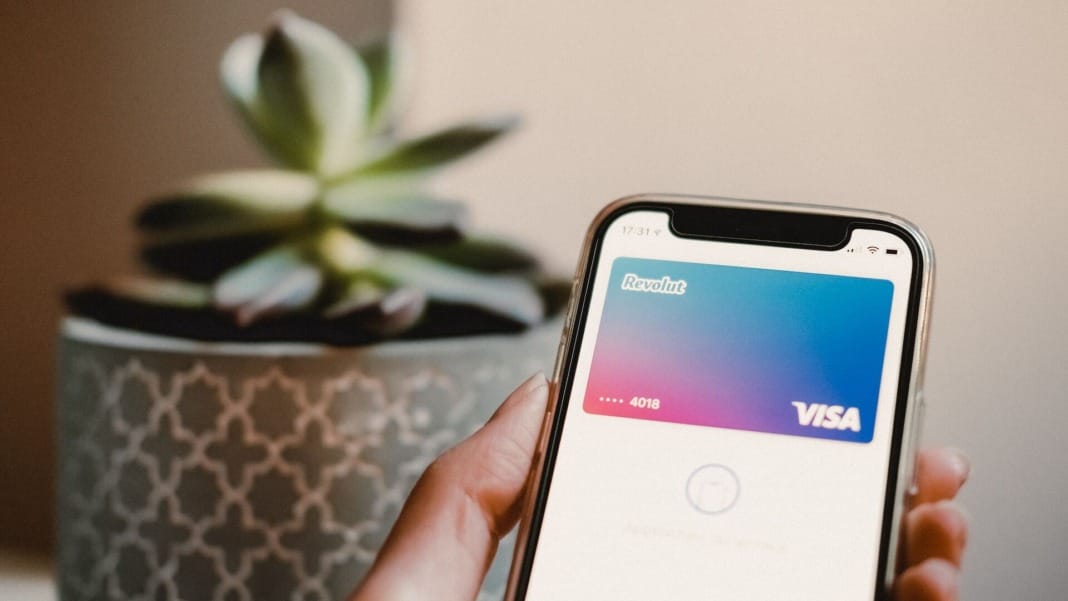In a significant update, Google has introduced a handwriting feature in Google Docs, revolutionising how users interact with digital documents. Launched for select users on February 27, this feature will significantly enhance user experience.
Bringing a personal touch to digital documents
Now, Google Workspace customers, Google Workspace Individual subscribers, and personal Google account holders can enjoy making handwritten notes directly on a Google Doc. Using a stylus or even a finger, users can write, draw, and highlight on their documents. This feature includes primary colours like black, blue, red, green, and yellow and offers an eraser for corrections. Not satisfied with the standard colours? You can add your own, personalising your digital annotations even further.
Transformative impact on education and professional sectors
This handwriting feature promises to be a boon, particularly in educational environments. Teachers can now provide feedback on student submissions more directly and personally. This tool bridges the gap between traditional paper-based methods and modern digital technology for subjects like creative writing, offering the best of both worlds.
Integrating Google Drive and classroom management systems like Canvas or Blackboard further enhances functionality. It simplifies submitting and reviewing work, making it more efficient and environmentally friendly. Professionals who prefer a more tactile approach to document review will also find this feature incredibly useful, as it allows for a more hands-on interaction with digital documents.
Current limitations and the road ahead
However, it’s important to note that, as of now, this feature is only available on Android devices. This presents a significant limitation, as many students and professionals use devices like non-touchscreen Chromebooks or Windows and macOS laptops, which are not currently supported.
To unlock its potential, Google must expand this feature to include Windows, macOS, and iOS devices. With Apple holding a substantial portion of the tablet market, such an expansion could significantly increase the reach and usefulness of this handwriting feature.
Rollout details and checking your eligibility
The feature rollout began on February 27 for users on the Rapid Release track, with those on the Standard Release track gaining access from March 11. The rollout is expected to be completed over approximately 15 days. To find your release track, you can go to the Admin console and navigate through Menu > Account > Account settings > Preferences > Release preferences > New features.
In conclusion, Google’s introduction of handwriting capabilities in Google Docs is a significant step towards making digital documents more interactive and personalised. It is committed to merging traditional writing methods with modern technology, enhancing the user experience in educational and professional contexts. As this feature becomes available to more users, it’s set to change how we interact with our digital documents.





